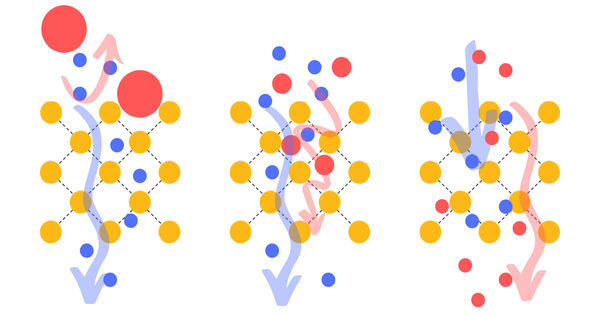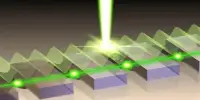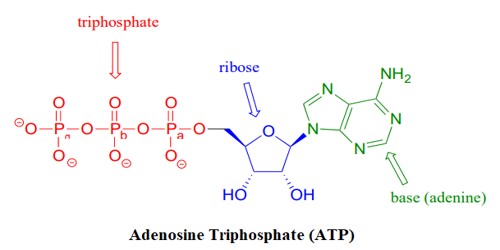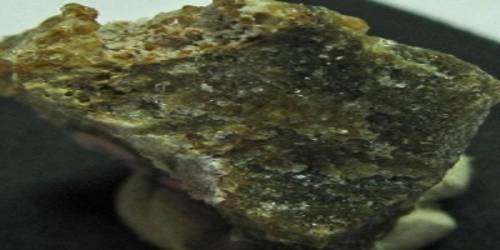Graphene is a single layer of hexagonally arranged carbon atoms. It possesses exceptional properties such as high conductivity, strength, and flexibility. It has been extensively studied for a variety of applications such as filtration, sensors, and energy storage.
Sieving is commonly used to describe the process of separating particles based on their size. This could imply selective filtration or separation of molecules based on specific characteristics in the context of fuel molecules.
A research team has successfully developed a new method for preventing large fuel molecules from crossing and suppressing electrode degradation in advanced fuel cell technology using methanol or formic acid. The fuel molecules are successfully sieved using selective proton transfers caused by steric hindrance on holey graphene sheets that have chemical functionalization and act as proton-exchange membranes.
In this study, the researchers developed a new proton-exchange membrane comprising graphene sheets with 5-10 nm-diameter holes, which are chemically modified with sulfanilic functional groups affording sulfo groups around the holes.
The demand for the development of direct methanol/formic acid-fuel cell technology has been increasing in order to achieve carbon neutrality. Methanol or formic acid is used as an e-fuel in this technology to generate electricity. Electricity is generated by proton transfer in fuel cells; however, conventional proton-exchange membranes suffer from the “crossover phenomenon,” in which fuel molecules are also transferred between anodes and cathodes. Following that, the fuel molecules are unnecessarily oxidized, and the electrodes are turned off.
In this study, the researchers developed a new proton-exchange membrane comprising graphene sheets with 5-10 nm-diameter holes, which are chemically modified with sulfanilic functional groups affording sulfo groups around the holes. Owing to steric hindrance by the functional groups, the graphene membrane successfully suppresses the crossover phenomenon by blocking the penetration of the fuel molecules while maintaining high proton conductivity for the first time to the best of our knowledge.
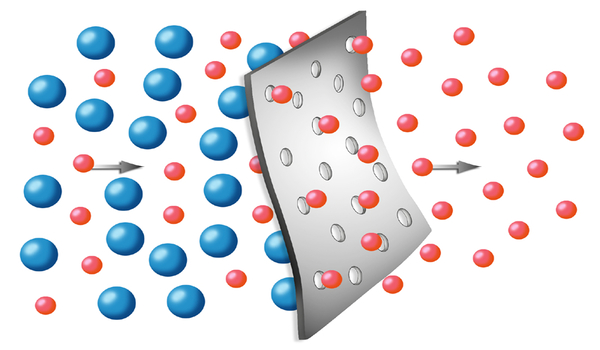
To date, conventional approaches for inhibiting fuel-molecule migration involved an increase of the membrane thickness or sandwiching two-dimensional materials, which in turn reduced the proton conductivity. In this study, the researchers investigated structures that inhibit the migration of fuel molecules through electro-osmotic drag and steric hindrance.
As a result, they discovered that the sulfanilic-functionalized graphene membrane can significantly reduce electrode degradation when compared to commercially available Nafion membranes while still maintaining the proton conductivity required for fuel cells.
Furthermore, simply adhering the graphene membrane to a standard proton-exchange membrane can suppress the crossover phenomenon. As a result, this research helps to advance the development of advanced fuel cells as a new alternative for hydrogen-type fuel cells.
